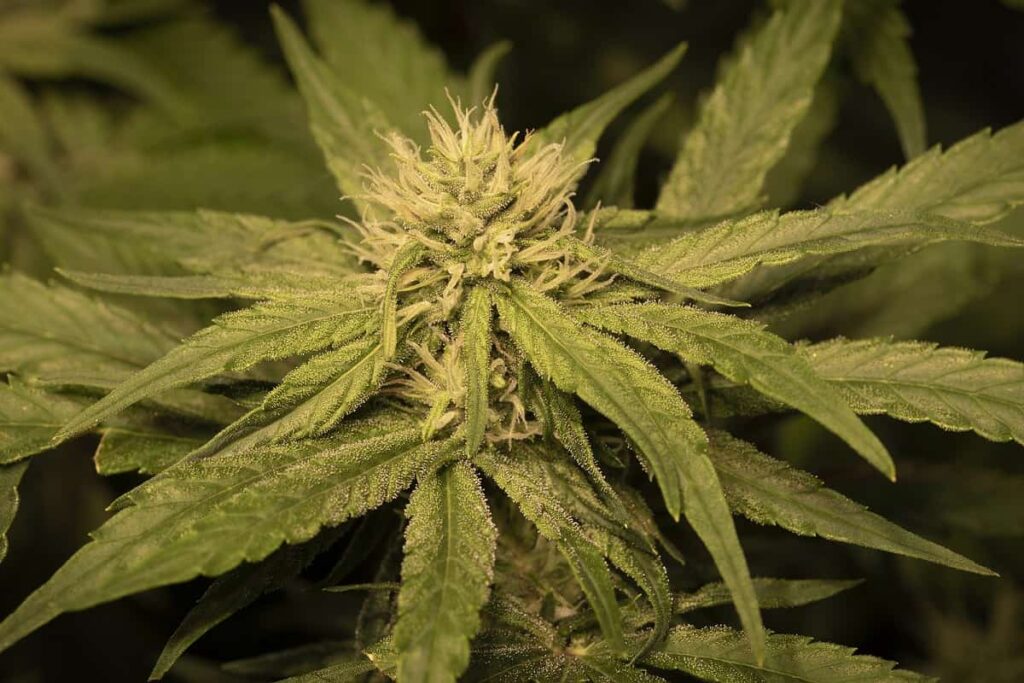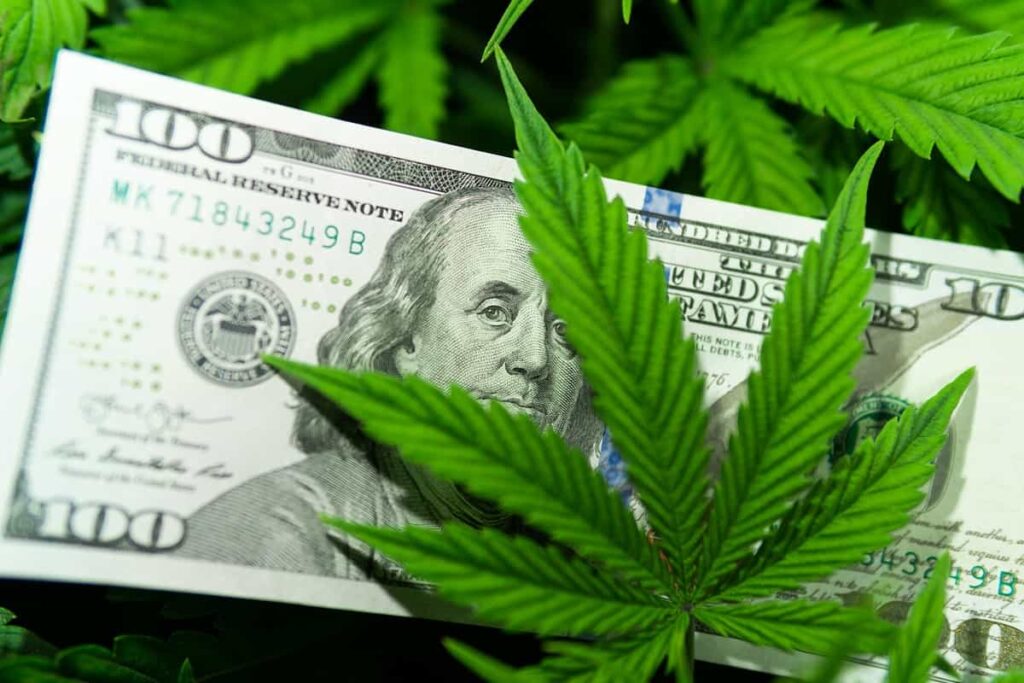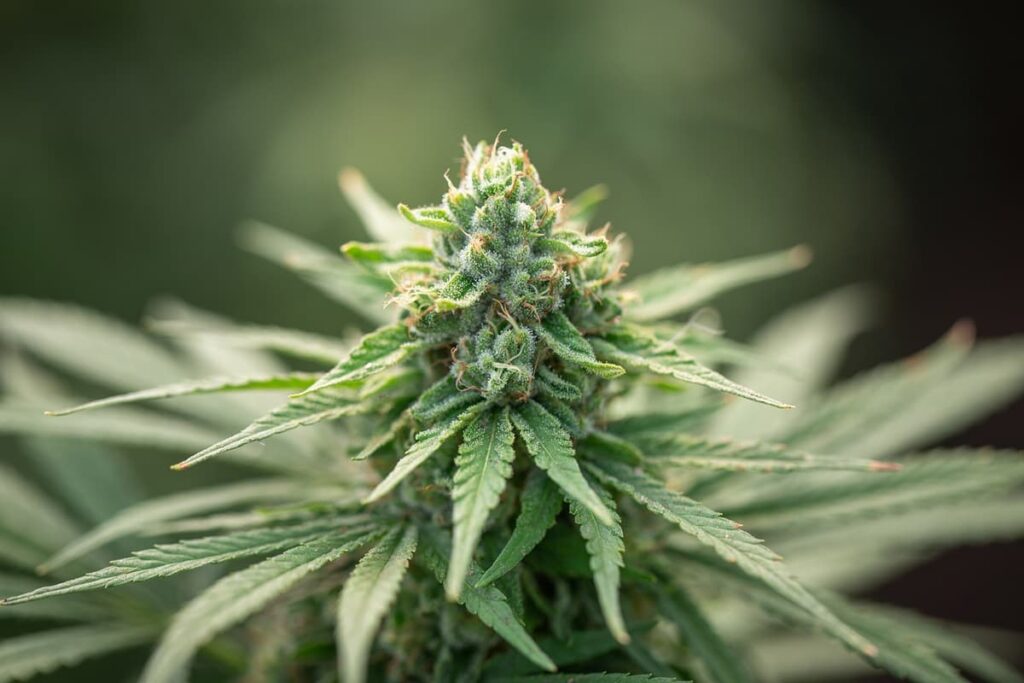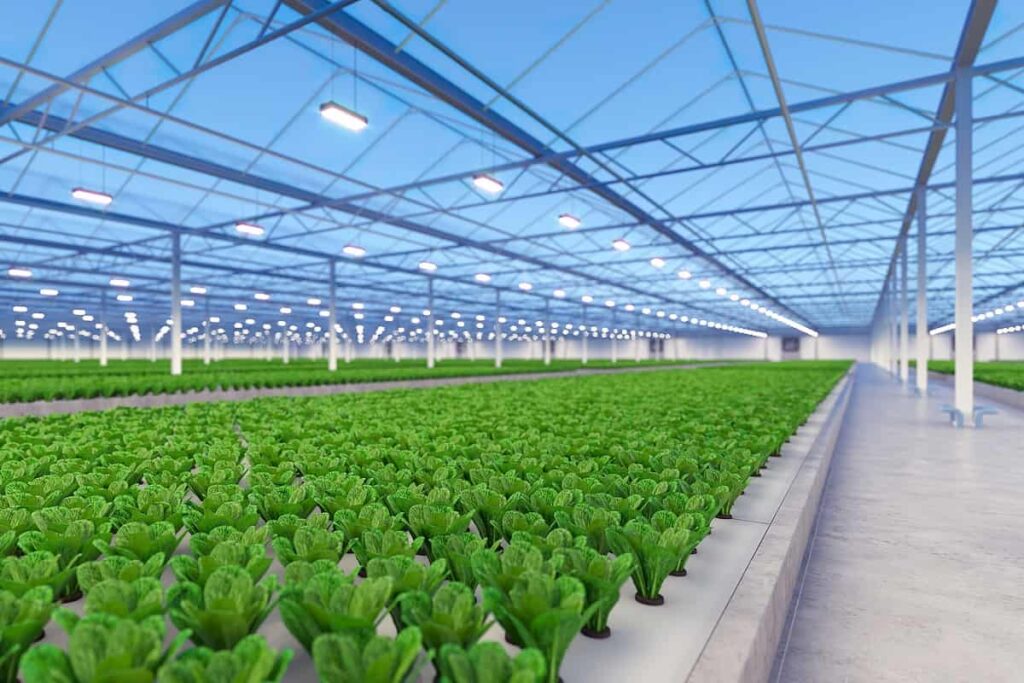Forecasting Growth for GrowGeneration Stock
Table of contents

Oftentimes we’ll come across an investment thesis that crosses multiple disruptive trends. One example would be LiDAR, a technology used in robotics, industrial machinery, smart infrastructure, and autonomous vehicles. Another example is machine vision which is used for a similar swath of use cases. Then we have the indoor growing thesis which lends itself to vertical farming and the legalization of cannabis.
Our research tools help us measure popular opinion of stocks to predict interest. In addition to writing about stocks we’re holding, or thinking about holding, we also write about companies our readers express interest in. Quite a few of you find GrowGeneration (GRWG) to be a compelling way to play cannabis, and we can understand why. Institutional investors that follow this market recommend looking at the ancillary cannabis space for exposure – the pick-and-shovel plays that benefit from industry growth. GrowGeneration is one such stock.
About GrowGeneration Stock
Incorporated in Colorado in 2014, GrowGeneration had their initial public offering just several years later and is now the largest chain of hydroponic garden centers in North America with 62 retail locations (nearly half of which are found in California and Colorado). Unlike other growing equipment stocks we’ve looked at, the company’s investor deck doesn’t hesitate to acknowledge a focus on the cannabis industry.

“The hydroponic retail landscape is fragmented,” says the company, and they’ve been acquiring new retail locations rapidly in an attempt to consolidate it – 26 new retail locations in 2021 alone. What immediately stands out about the company is just how fast their revenues are growing.

The rapid revenue growth you see in the above table has certainly been helped by acquisitions – eight in 2020 and six in 2019 including a 21-store chain in California. Given how many acquisitions GrowGeneration has been making, we want to differentiate between organic growth and acquisitive growth. A key metric investors should be paying attention to is “same store sales” which provides insight into how healthy the hydroponics business actually is. From the GrowGeneration Q4-2021 earnings call:
Same-store sales at 26 locations open for the same period in 2020 and 2021 were $40.3 million in fourth quarter 2021, compared to $46.0 million in the same period last year, representing a 12.3% year-over-year decline.
We’re led to believe that the legalization of cannabis means demand for growing equipment has never been stronger. Historically, that’s been the case for GrowGeneration, with extremely strong same-store sales over the past several years.

So why have same-store sales suddenly started declining for GrowGeneration?
Declining Demand for Grow Equipment
In 2021, GrowGeneration had 30% of their revenue exposed to the State of California. When the Golden State sneezes, GrowGeneration catches a cold. In their Q4-2021 earnings call, the company cited the uncertainty around federal legalization as a slowdown factor in addition to “a supply/demand imbalance in California and other Western states with a tremendous oversupply of outdoor cannabis, which was produced during the summer months.” The supply of flower appears to have a meaningful effect on the fortunes of GrowGeneration as it relates to new growing operations being built. The company goes on to say:
Retail sales performance on a year-over-year basis will be materially impacted from the slowdown and capital builds and will continue to be hampered on a year-over-year basis for the first three quarters of 2022. Accordingly, revenue will be flat to down 10% in the first half with significant same-store sales declines offset by inorganic growth and investments into new retail stores.
GrowGeneration plans to offset the stall in revenue growth with more acquisitions, investments into new retail stores, and private label products. On the cost side, they’re consolidating ecommerce sites and employing technology to create efficiencies in their supply chain. Speaking of which, going back to the revenue table presented earlier, GrowGeneration expanded into distribution in 2021, something they plan to further with five distribution centers in key locations to serve retail stores, ecommerce, and commercial customers.
While the company doesn’t have any customer concentration risk (no single customer represents more than 5% of revenues), they do have supplier risk:
- As of December 31, 2020, and 2019, two suppliers represented 41% and 51%, respectively, of all our purchases.
- As of December 31, 2021, one supplier represented 28% of all of our purchases.
It’s good to see the overall supplier concentration risk is decreasing over time.
GrowGeneration’s rapid expansion means lots of moving parts for investors to keep track of. Since the company doesn’t provide an investor deck with the most important metrics to watch, investors will need to mine their earnings calls and SEC filings to extract them. You may end up asking yourself why you’re investing in the growing equipment thesis in the first place.
The Growing Equipment Thesis
We can divide this into two parts – indoor farming and cannabis.
The Cannabis Thesis
GrowGeneration makes it a point to say their 62 locations are built “to service growers of all types from the largest MSOs in the country to the single light growers, to the single grower growing the plant outdoors.” There are over 15,000 active cannabis cultivation licenses in North America which means a lot of growers will try their hand at operating a profitable cannabis venture. When the dust settles, the wantrepreneurs will eventually get run out of business while the entrepreneurs will continue growing. In other words, the surge in capital expenditures that accompanies legalization will be temporary.
Black market cannabis is a $100 billion market in the United States which has been buying, maintaining, and using indoor growing equipment all along. The legalization of cannabis means that a large number of legal grow operations will come online – probably more than what’s needed – then the market will reach equilibrium and things will return to normal. Investors need to be looking a decade down the road, and that’s where they’ll – hopefully – see GrowGeneration’s consolidation strategy start to bear fruit.
The Indoor Farming Thesis
We’ve covered the indoor farming trend extensively over the years with a focus on startups that raised billions of dollars to bring the farm to the city. We’ve always believed the indoor farming thesis would only realize its true potential if the cost of indoor farming could be comparable to traditional farming. Developed market hippies will only be able to subsidize $10 bags of greens for so long before the market potential is exhausted (Beyond Meat, cough cough). All of our research points to indoor farming being far too expensive to ever compete with traditional farming, even in the world’s smallest, least visited, and most isolated country – Nauru. Besides, the types of large-scale grow operations trying to bring farming to the suburbs aren’t buying their equipment at a neighborhood hydroponics retail store.
Forecasting Growth in the Cannabis Industry
The prospect of federal legalization certainly affects how investors feel about funding cannabis growing projects, and legalization at the federal level might bring a boom in capital expenditures. However, some States that have recently legalized cannabis are seeing a stall in new grow projects as legislation tries to catch up with the industry. GrowGeneration noted this when explaining away their declining same-store sales, and that’s because they’re clearly frontrunning legalization in certain states. Even in the face of this slump in spending, GrowGeneration plans to open (not acquire) 15 to 20 new stores in 2022 prompting questions from analysts as to whether or not this is prudent. These concerns stem from an overall slowdown in spending which seems to affect all growing equipment providers, not just GrowGeneration. Just look at how similar the below two charts are for Hydrofarm – another growing equipment stock and GrowGeneration:

Back in late 2020 we wrote about Investing in Hydroponics with Hydrofarm Stock noting that two-thirds of their revenues were from consumables. Even so, the company hasn’t been immune to the recent downturn.
GrowGeneration’s forecast for 2022 is dark and cloudy while they promise sunshine for 2023. Investors in GRGW should look past the short-term demand volatility that’s happening right now. The market will quickly forget the bad guidance given by the company and punish them when growth stalls in 2022. That’s when bulls can lower their cost basis and enjoy the upside when growth resumes. There are certainly some concerned bag holders out there as the stock has fallen around 80% over the past year.

When it comes to our simple valuation ratio, both GrowGeneration and Hydrofarm are priced at bargain-basement valuations.
- GrowGeneration
518 / (90.58 * 4) = 1.5 - Hydrofarm
616 / (110.41 * 4) = 1.4
If you’re a believer in the growing equipment thesis, dollar-cost averaging into more shares through 2022 makes sense.
Conclusion
We like GrowGeneration’s consolidation strategy which will be relevant beyond the initial legalization gold rush. Economies of scale and technology can help reduce operating costs across all stores which will increase margins. Even if demand for growing equipment peaks following federal legalization, they’ll still have a profitable chain of stores with a national leadership position.
Sign up to our newsletter to get more of our great research delivered straight to your inbox!
Nanalyze Weekly includes useful insights written by our team of underpaid MBAs, research on new disruptive technology stocks flying under the radar, and summaries of our recent research. Always 100% free.














